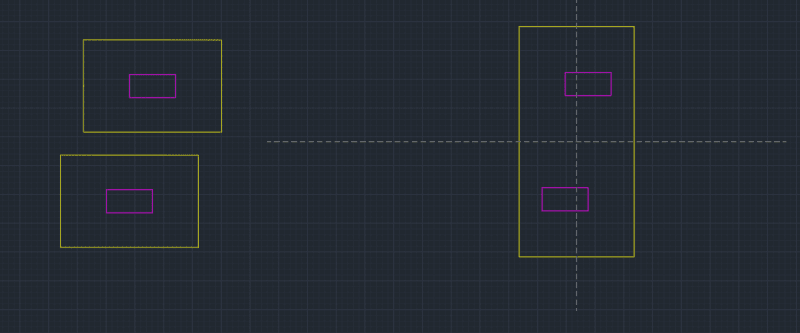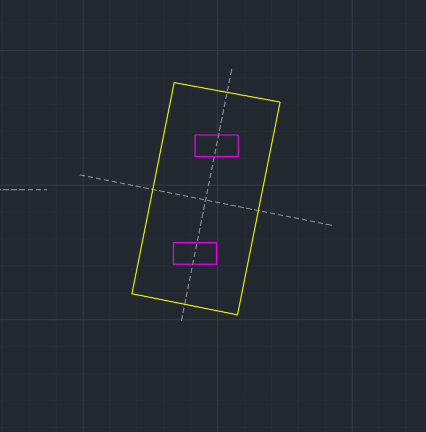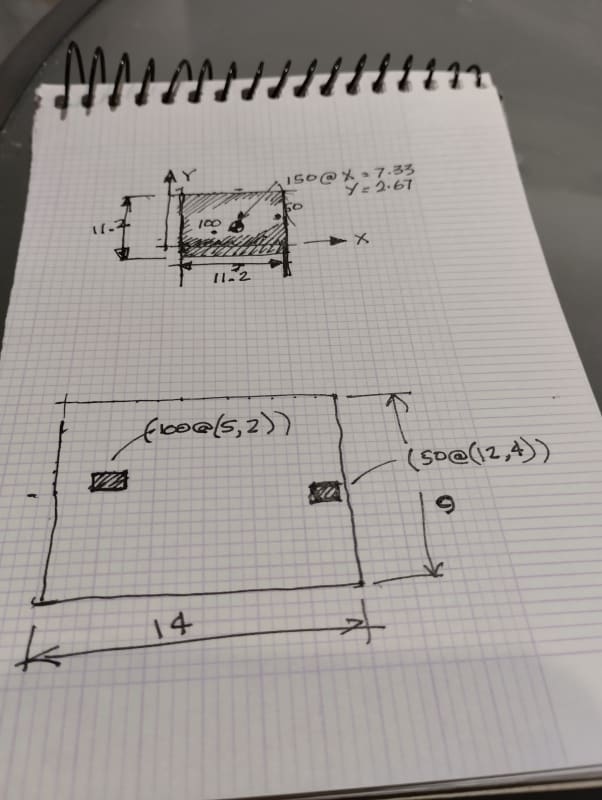Annie124
Civil/Environmental
- Jun 29, 2024
- 7
Hello,
Can anyone help me on what to do with this, because I was trying to design it using two different isolated rectangular footings but my boss wanted me to design it as a Combined footing.
Thank you in advance!

Can anyone help me on what to do with this, because I was trying to design it using two different isolated rectangular footings but my boss wanted me to design it as a Combined footing.
Thank you in advance!







